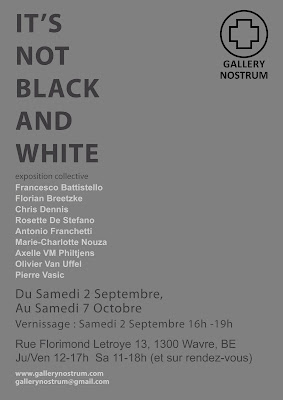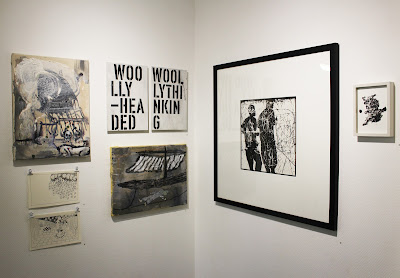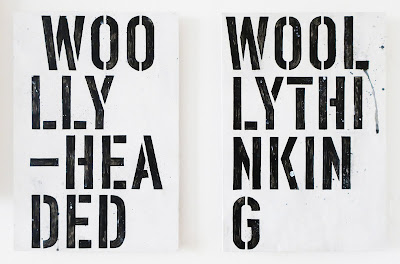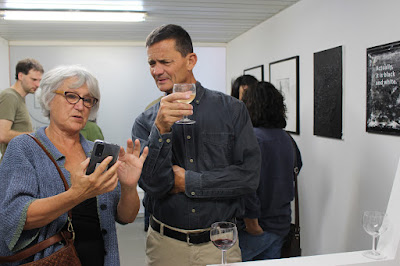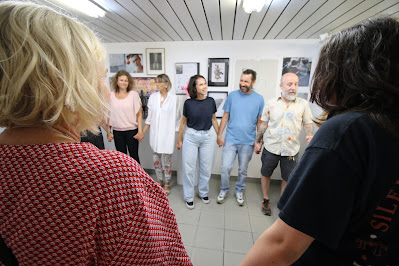November 10th - December 9th, 2023.
Man is captive and a
stranger to a world that escapes him.
Animist thought.
Pastel colored bunkers,
refined or dark landscapes, the world is magical and scary.
The landscape is
active.
Fascinated but
resigned, spectral beings, wander melancholically and passively in this strange
universe for which they do not have the codes.
In apnea. Between two
eras.
And our ruins in freeze
frame…
 |
|
 |
|
 |
|
 |
|
 |
|
 |
|
 |
|
 |
|
 |
|
 |
|
 |
|
 |
|
 |
|
 |
|
 |
|
 |
|
 |
|
 |
|
 |
|
 |
|
 |
|
 |
|
 |
|
 |
|
 |
|
 |
|
 |
|
Man is captive
and a stranger to a world that escapes him.
In the 1960s, the chemist James Lovelock (1919-2022)
formulated the hypothesis of an Earth capable of self-regulation.
This theory is still subject to controversy but it is,
for the philosopher Bruno Latour, as important as the discovery of
heliocentrism by Galileo. It still infuses current thinkers and is at the heart
of numerous debates around the Anthropocene.
In this vision, each organism necessarily contributes
to the balance of the system. This notion of community induces an equivalence
of roles: it is a fragile alchemy of the whole which allows life to continually
adapt and persist for three billion years. If an element fails, it is
eliminated.
In my paintings the earth system, deterministic, has
decided to continue to function without man.
No longer having their place in this model, spectral
beings, wander resigned, in apnea, in a worrying world for which they no longer
have the codes, and which ignores them.
Existence hanging by a thread.
The traces of their passage remain, like stigmata of
their dysfunctions: empty battlefields, bunkers from the Second World War, the
ghost mining town of Ha-Shima*... so many marks of failures of being at world.
*Ha-Shima (or
Gunkan-jima) is a coal mining island city off the coast of Nagasaki, Japan.
Massively exploited by Mitsubishi since 1890, this territory of 0.063 km2 had
the highest population density in the world in the 1950s. After having suffered
numerous typhoons, hostile and dilapidated, it is today listed as a UNESCO
world heritage site.
Caroline Ledoux is
originally from Namur (Be). In 2014 she began studying painting at the Academy
of Fine arts in Wavre (Be). Since then she has participated in numerous
exhibitions across Belgium and in 2020 was awarded the public prize at the Concours des arts plastiques et visuels de Nivelles (Be).
Recent exhibitions include Osmoses,
Osmosekes at Espace Hors
Les Murs (Tangissart, Be) and Cracks
at Wetground (Brussels, Be).
This is Caroline’s first solo-exhibition at Gallery
Nostrum. Her work was previously included in the Galleries’ group exhibition bodies: noun/verb (Jan ’23) and JOY
SANDWICH (Jul ’23), a world-wide project devised by renowned British artist,
Stuart Semple.
 |
|
 |
|

































